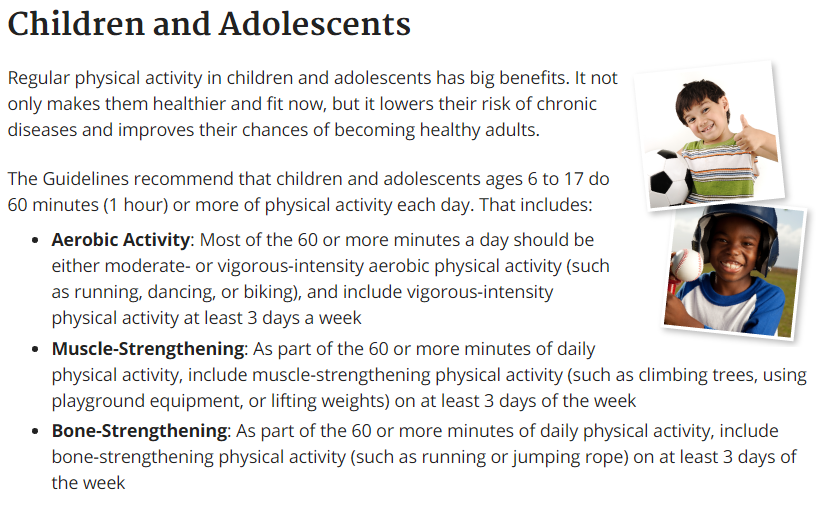Your Kids and Weightlifting
Should your child lift weights?
There are many myths surrounding children and resistance training such as damage to bones and soft tissues, retardation of growth rates via affects on growth plates, and alterations to maturation in general. Luckily, there is no scientific foundation for these beliefs. On the contrary, resistance training should be encouraged for healthy youth.
The research shows a myriad of benefits for children including: increased body composition, speed, strength, power, confidence, stress reduction, a reduction in injury rates, and stronger bones. And of course, every individual should consult with their physician prior to engaging in a physical fitness program.
Guidelines for activity
The Australian Strength and Conditioning Association, in their Position Stand on Resistance Training for Children and Youth, state: “The youngest a child should commence resistance training is at 6 years of age provided they have the maturity to follow clear instructions and an appreciation of the dangers present when training.” Assuming proper form is taught, it is prudent to start children in resistance training programs.
The American Association of Pediatrics remains hesitant to support participation by children who are skeletally immature and is opposed to childhood involvement in power lifting, body building, or use of the 1-repetition maximum lift as a way to determine gains in strength. When children or adolescents undertake a strength-training program, they should begin with low-resistance exercises until proper technique is perfected. When 8 to 15 repetitions can be performed, it is reasonable to add weight in 10% increments. Increasing the repetitions of lighter resistance may be performed to improve endurance strength of the muscles in preparation for repetitive-motion sports. Exercises should include all muscle groups, including the muscles of the core, and should be performed through the full range of motion at each joint. For achievement of gains in strength, workouts need to be at least 20 to 30 minutes long, take place 2 to 3 times per week, and continue to add weight or repetitions as strength improves. Strength training >4 times per week seems to have no additional benefit and may increase the risk for an overuse injury.
Correct technique and strict supervision are mandatory for safety reasons and to reduce the risk for injury. Proper supervision is defined as an instructor-to-student ratio no more than 1:10 and an approved strength-training certification. Adequate 10 to 15 minute warm-up and cool-down periods with appropriate stretching techniques are also recommended, as is the avoidance in sport specialization which can potentially lead to increased injury risk. Therefore, it is recommended that children participate in a wide range of athletic activities during adolescence. These guidelines have been proposed by the AAP, the American Orthopaedic Society for Sports Medicine, and the National Strength and Conditioning Association.









